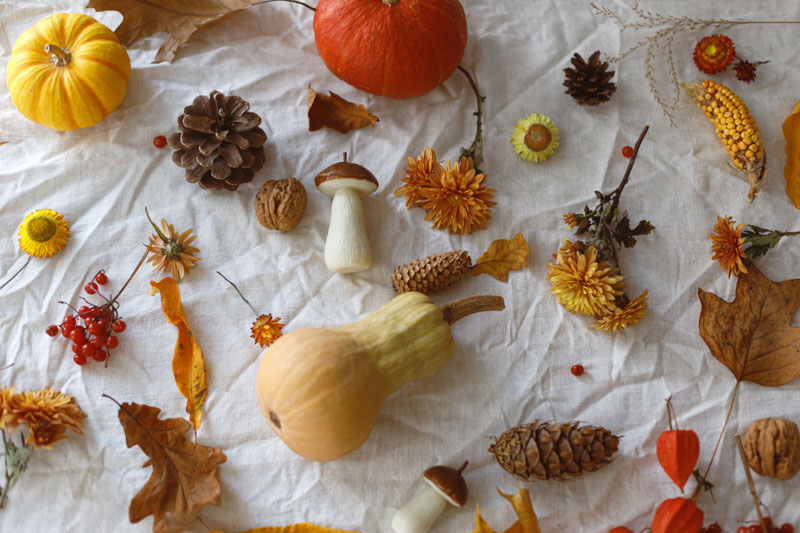Time to Rhyme: How to Boost 1st-Graders' Reading Skills (Worksheets Inside!)
March 18, 2024
When we think of the fundamental components of language overall and reading in particular, we should pay special attention to the skill of rhyming. Educators confirm that learning rhymes remains one of the most effective and engaging ways to assist a child in their language growth.
With the help of rhymes, children learn to understand the phonemic structure of words, which ultimately leads to improved reading and spelling skills.
What are the best techniques to make the acquisition of this fundamental skill an enjoyable experience for kids in first grade? In this article, we will look at some teacher-proofed methods and tools, including games and rhyming worksheets.
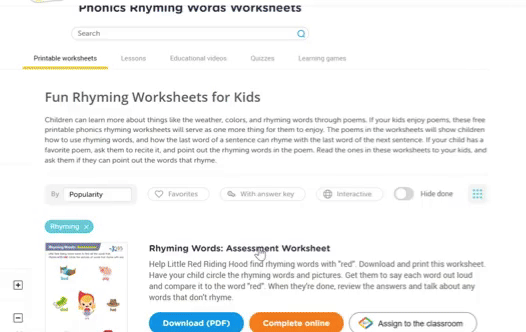
The Role of Rhyming Skills for Early Readers
First of all we need to understand why rhyming is so important. It's closely connected to phonemic awareness – one’s ability to identify individual sounds known as phonemes, and combine them into words. This skill is of paramount importance for a child's reading success.
Seeing and using rhymes can help kids notice the typical phonemic patterns within words, and thus to succeed in learning new words and eventually – in reading texts.
In addition to rhymes, you can help the child develop their reading skills by presenting them with some of the 1st grade reading worksheets from Kids Academy.
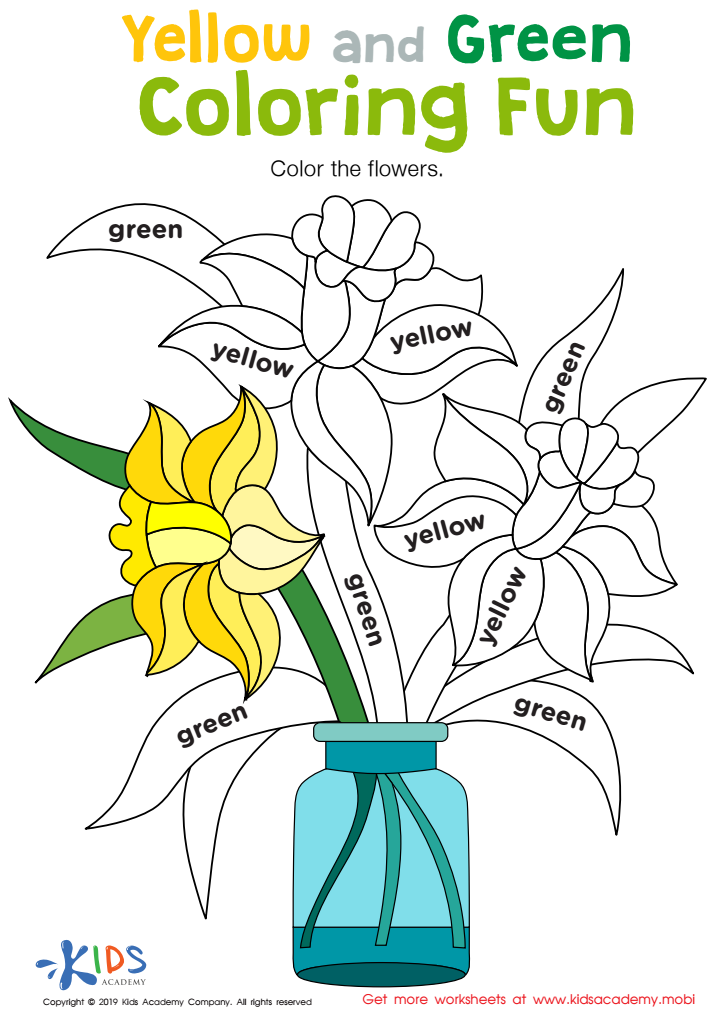
Nuances of Teaching Rhymes to First Grade Students
First graders are at a special point of their academic journey when they are transitioning from play-based activities to more structured learning.
At this grade-level, students’ attention span is typically growing, however playful and engaging activities still show better results and are preferred to traditional 'school work'.
Below we’ll describe the main characteristic of learning activities, including those on rhymes, necessary for first-graders:
- Visual: Attractive vivid graphics that hold their attention.
- Interactive: Tasks that involve fine and gross motor skills and require hands-on work are helpful in keeping first graders focused and engaged.
- Repetitive: Repetition is important to reinforce learning and improve knowledge retention.
Games and Activities that Make Rhyming Super Fun
Now, let's delve into the practical part of our rhyming exploration. There are numerous methods to introduce rhyming activities into your first grader's daily routine, and the great thing is, they will enjoy it so much that they won't even notice they are learning.
Below are some activities that proved to be successful with young students:
Interactive Word Match-ups with Rhymes
Picture a memory game, but with words that rhyme. Make sets of cards containing rhyming pictures and words, then place them face down in a spread. Then players will one by one flip over two cards simultaneously, aiming to discover a matching pair that rhymes.
This game assists in improving children’s ability to rhyme as well as enhancing memory and concentration.
Singing Along to Nursery Rhymes
Learning to rhyme is closely associated with music and rhythm. You can make sing-along sessions that are both educational and entertaining by using familiar tunes and adding rhyming lyrics.
Invite your students to clap and move to the rhythm, which will be a great aid in improving their memory of the rhymes and enhancing their motor skills. Why not use our animated video "Down by the Bay" as a sing and dance along tune?
Odd Word Out Rhyming Worksheet
Worksheets are commonly used in all types of educational environments and are valued for their effectiveness. They provide structured bite-sized practice and can be selected and customized to fit the individual student's skill level.
This Odd Word Out worksheet from Kids Academy is a classic example. It shows kids a collection of five words most of which rhyme, with just one exception.
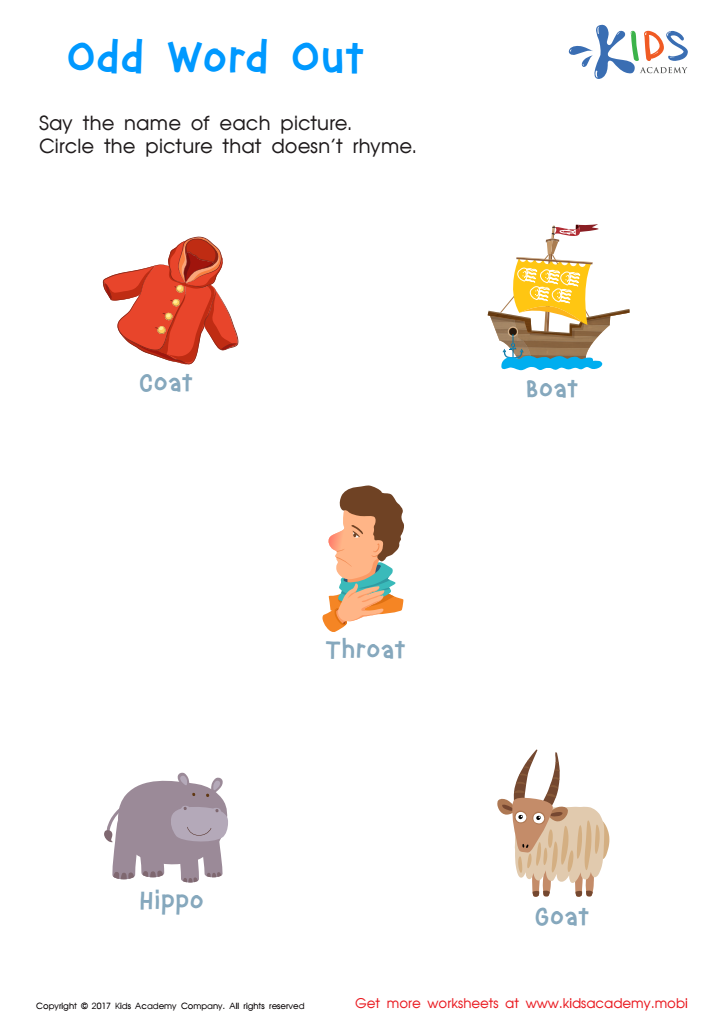
The challenge is straightforward yet efficient: find the word that doesn't fit. This helps to strengthen kids grasp of rhymes and enhances analytical thinking while they are identifying subtle distinctions in words.
Motivate kids to say the words out loud while completing the worksheet. This sound reference will help them in completing the activity and strengthen their grasp of rhyming patterns, while improving their skills of rhyme detection.
My New Kite Poem Worksheet
Another interesting assignment is the My New Kite worksheet. It employs a poem's enjoyable and creative setting for students to explore rhyming words.
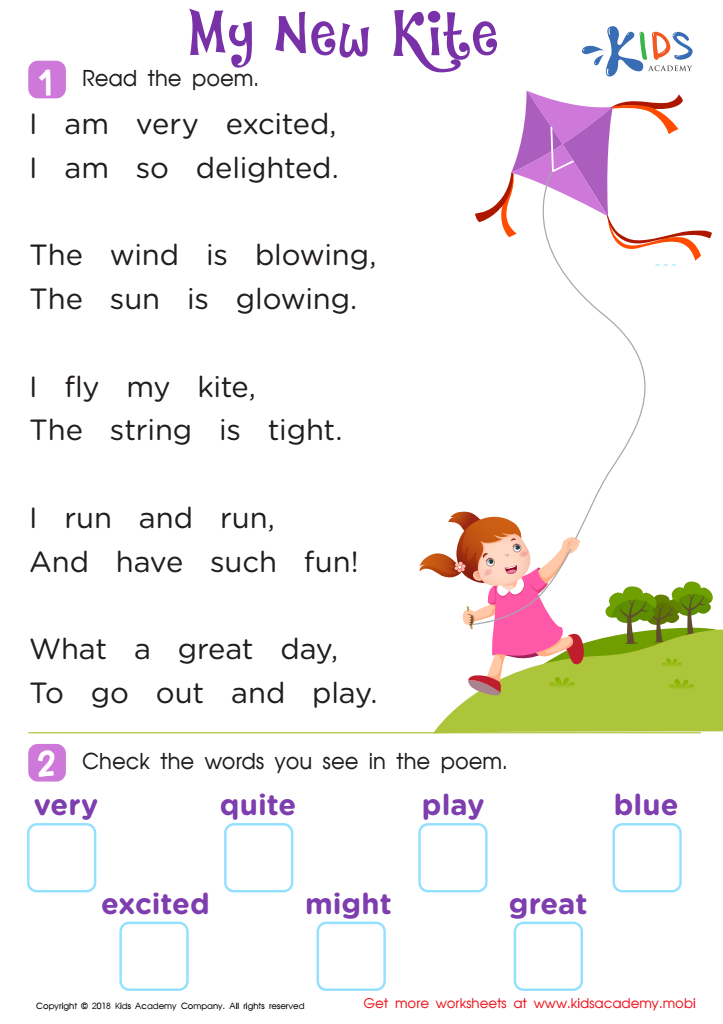
The worksheet contains a short lively poem about flying a kite, filled with catchy rhymes. Children are tasked to identify some of the rhyming words they’ve seen in the poem and put a check mark next to them.
Rhyming Pairs Worksheet
Matching rhymes is akin to matching close friends in the realm of language. The Rhyming Pairs worksheet is another great activity for practicing rhyming skills.
This sheet shows a word on the left side next to a row of words on the right, and the goal is to circle the word on the right that rhymes.
Just like the Odd Word Out worksheet, saying the words out loud can be helpful. Hearing the sounds come together will strengthen the auditory side of kids’ phonemic awareness. Also, it can be enjoyable to listen to words that rhyme because they have a rhythmic quality that kids instinctively appreciate. Plus, it's just plain fun to hear the sounds of words that rhyme—it has a musical quality that children naturally enjoy.
Let's celebrate our exploration of rhyming for 1st graders through learning and play. From memory games to musical sing-alongs, we've paved a joyful path to language development. Here's to nurturing a lifelong love for language in our young learners.


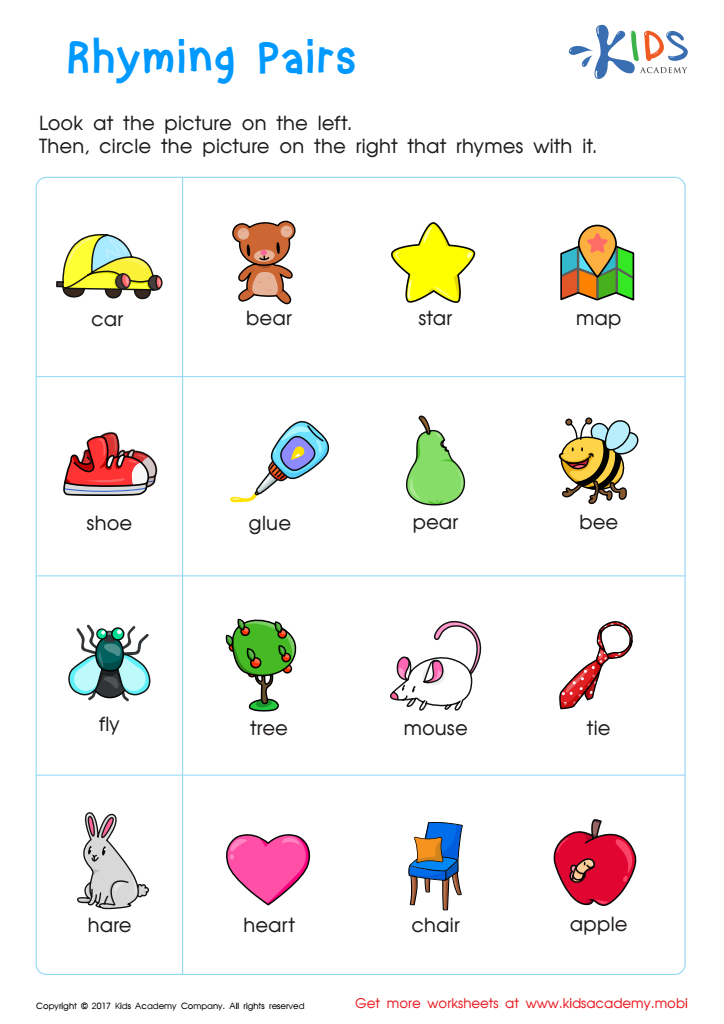
.jpg)



